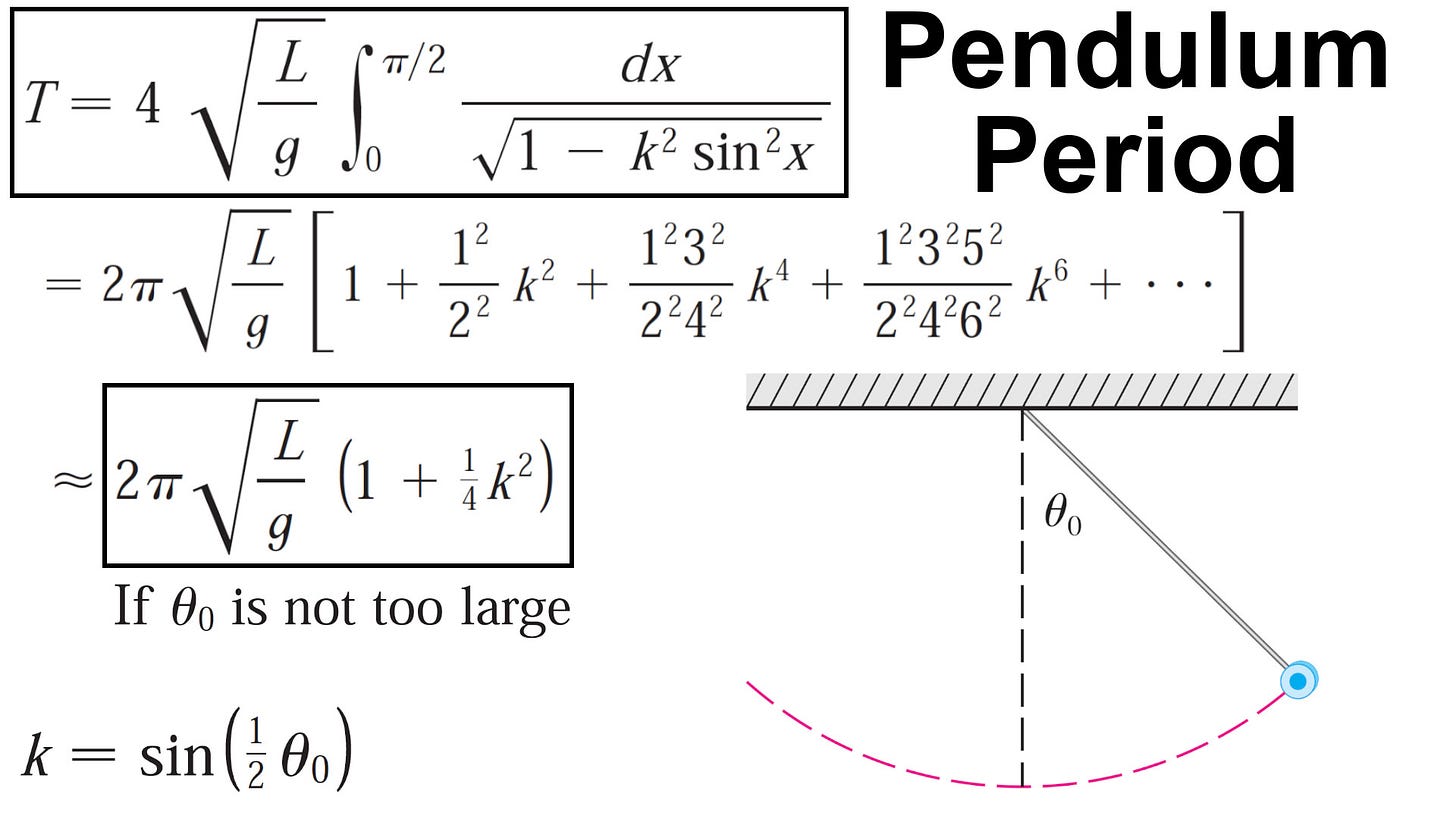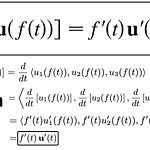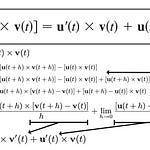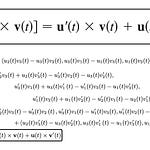Watch on YouTube - Video notes - Full video and playlist - Infinite Sequences and Series playlist
In this video I go over the formula for the period (time it takes to go back and forth) of a pendulum and approximate it using the binomial and geometric series. I first rewrite the pendulum period formula using the binomial series and given integral for sine^2n, and approximate it using the first 2 terms. Since all the terms of the series are positive, the actual pendulum period is larger than the 2nd order approximation. I then show that the binomial series form of the pendulum period is actually less than a geometric series. Thus we have an upper and lower bound for our approximation. I go over several examples and determine the % accuracy as well.
Timestamps:
Exercise 5: Pendulum Period: 0:00
Solution to (a): Binomial series approximation of the pendulum period: 3:54
Plugging in our given formula for sine^2n: 11:53
Pendulum period formula as an infinite binomial series: 18:27
Solution to (b): Period inequality using geometric series: 19:13
Pendulum period is greater than the first term approximation because all the terms are positive: 21:30
Recap on geometric series: 23:56
Comparing our Taylor series with geometric series: 24:57
Pendulum period is less than sum of a geometric series: 30:14
Pendulum inequality formula: 33:21
Solution to (c): Estimate pendulum period of length 1 meter: 34:47
Estimate for 10 degrees is 0.2% less than the actual 2.01 second period: 38:02
Estimate for 42 degrees: 39:43
Estimate for 42 degrees is 3.4% less than the actual 2.01 second period: 41:07











